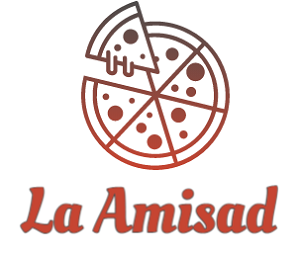Cheesecake Near You
- Super Pizza Veloz
 Closed$4.00 Delivery4.8
Closed$4.00 Delivery4.8 - Golden Crust Pizza
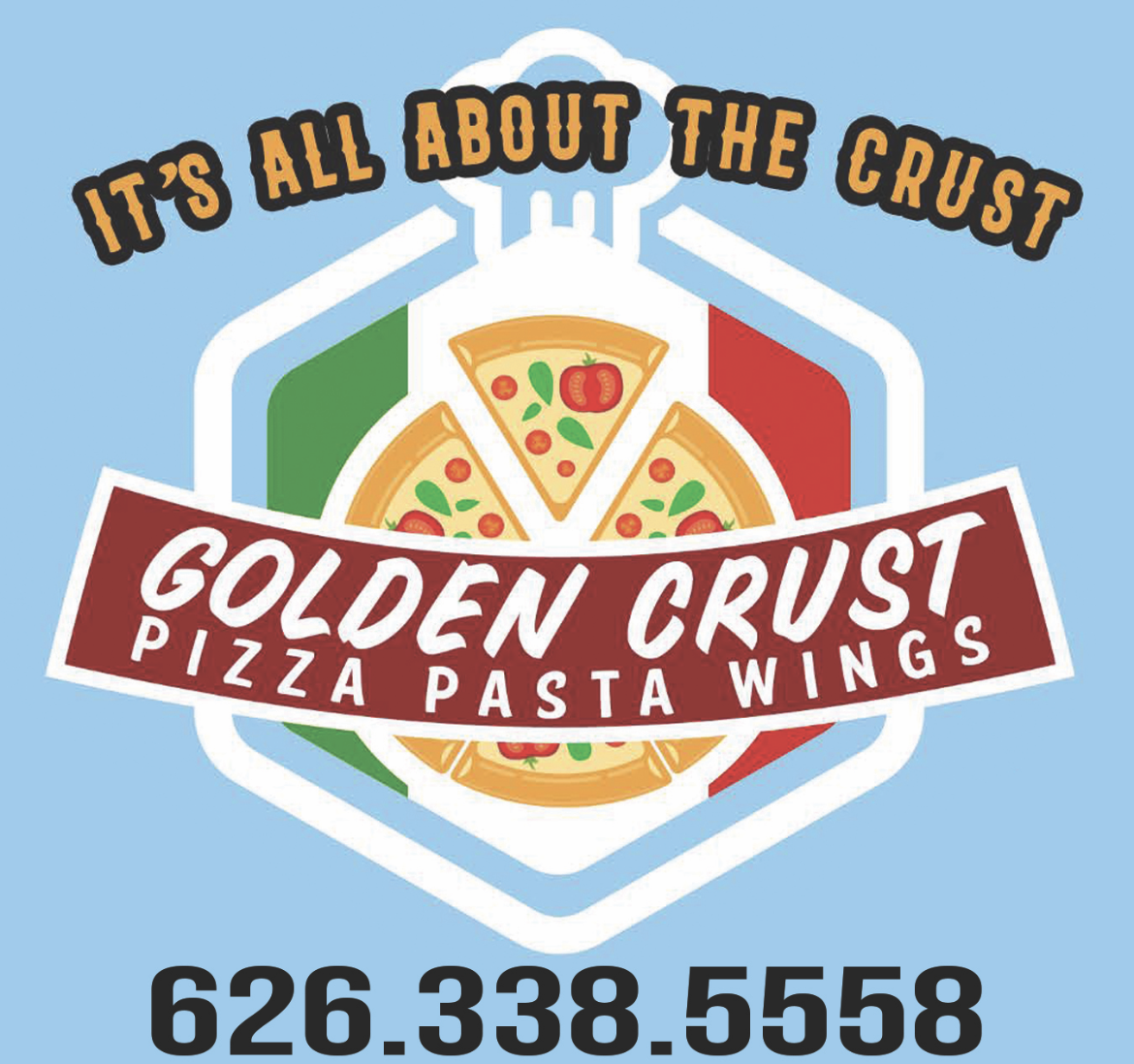 Closed$5.00 Delivery4.8
Closed$5.00 Delivery4.8 - BJ's Pizzeria
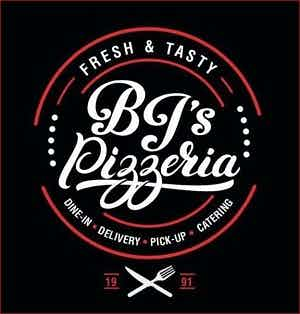 Closed$5.00 Delivery4.9
Closed$5.00 Delivery4.9 - Avolio's Italian Restaurant
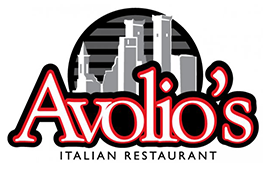 Closed$3.50 Delivery4.9
Closed$3.50 Delivery4.9 - Pizza D'Amore
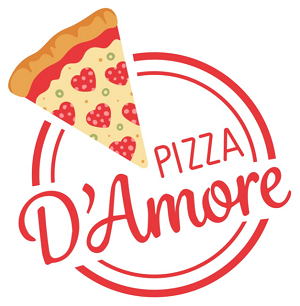 Closed$5.99 Delivery4.8
Closed$5.99 Delivery4.8
- Super Pizza Veloz
 Closed$4.00 Delivery4.8
Closed$4.00 Delivery4.8 - Golden Crust Pizza
 Closed$5.00 Delivery4.8
Closed$5.00 Delivery4.8 - BJ's Pizzeria
 Closed$5.00 Delivery4.9
Closed$5.00 Delivery4.9 - Avolio's Italian Restaurant
 Closed$3.50 Delivery4.9
Closed$3.50 Delivery4.9 - Pizza D'Amore
 Closed$5.99 Delivery4.8
Closed$5.99 Delivery4.8 - Super Pizza Veloz
 Closed$4.00 Delivery4.9
Closed$4.00 Delivery4.9 - Alessandro's Pizza Italian RestaurantOpen Now$7.65 Delivery4.6
- Big Mama's & Papa's Pizzeria
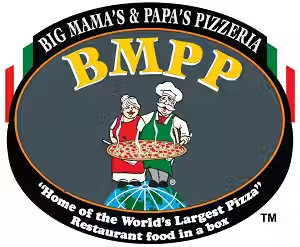 Closed$3.99 Delivery5.0
Closed$3.99 Delivery5.0 - Uncle Reds Pizzeria
 Closed$3.95 Delivery4.8
Closed$3.95 Delivery4.8 - Super Pizza VelozClosed$4.50 Delivery
- Buongiorno Pizza E Pasta
 Closed$5.50 Delivery4.9
Closed$5.50 Delivery4.9 - Pizza LA
.png?auto=format&fit=max&q=10) Closed$5.00 Delivery5.0
Closed$5.00 Delivery5.0 - La Pasta
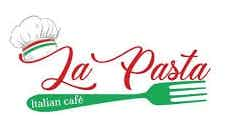 Closed$5.15 Delivery4.9
Closed$5.15 Delivery4.9 - Pizza Man
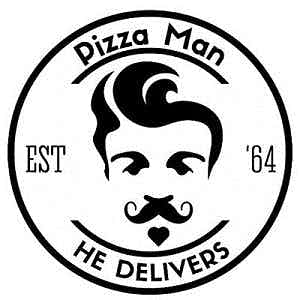 Closed$5.00 Delivery4.8
Closed$5.00 Delivery4.8 - Ameci Pizza Kitchen
_(2).png?auto=format&fit=max&q=10) Closed$4.00 Delivery4.8
Closed$4.00 Delivery4.8
Cheesecake
- Village Pizza & Pasta
 Open NowFree Delivery5.0
Open NowFree Delivery5.0 - Dino's Pizza & Pasta
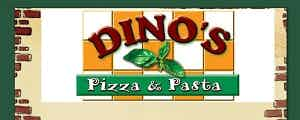 Open Now$3.00 Delivery4.7
Open Now$3.00 Delivery4.7 - Southampton Pizzeria & Restaurant
 Open Now$3.00 Delivery4.9
Open Now$3.00 Delivery4.9 - California Grill & Pizza Elkridge
 Open Now$2.00 - $3.50 Delivery4.9
Open Now$2.00 - $3.50 Delivery4.9 - Amici Pizzeria & RestaurantOpen Now$1.00 Delivery4.9
- Village Pizza & Pasta
 Open NowFree Delivery5.0
Open NowFree Delivery5.0 - Dino's Pizza & Pasta
 Open Now$3.00 Delivery4.7
Open Now$3.00 Delivery4.7 - Southampton Pizzeria & Restaurant
 Open Now$3.00 Delivery4.9
Open Now$3.00 Delivery4.9 - California Grill & Pizza Elkridge
 Open Now$2.00 - $3.50 Delivery4.9
Open Now$2.00 - $3.50 Delivery4.9 - Amici Pizzeria & RestaurantOpen Now$1.00 Delivery4.9
- Rhodes Pizza & RestaurantOpen Now$1.50 - $2.00 Delivery5.0
- Penllyn PizzaOpen Now$2.00 Delivery4.9
- Roma's Breakfast & Pizzeria
 Open Now$3.00 Delivery5.0
Open Now$3.00 Delivery5.0 - Naples Pizza & RestaurantOpen Now$1.50 Delivery5.0
- Bella Roma Pizza
 Open Now$2.00 Delivery4.9
Open Now$2.00 Delivery4.9 - Giovanni's Pizzeria & Italian Restaurant
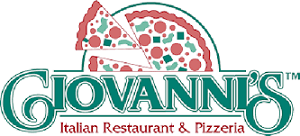 Open Now$2.00 Delivery4.9
Open Now$2.00 Delivery4.9 - Sammy's Southport Pizza House
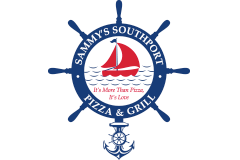 Open Now$2.99 - $3.99 Delivery4.9
Open Now$2.99 - $3.99 Delivery4.9 - Francisco's Express Pizza & GrillOpen Now$2.50 Delivery5.0
- Olympia Pizzeria
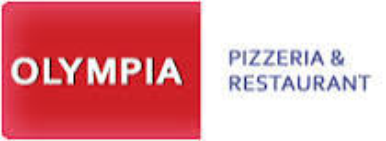 Open Now$4.95 Delivery4.9
Open Now$4.95 Delivery4.9 - Perkasie Pizza & Pasta
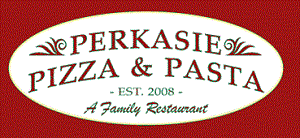 Open Now$4.95 Delivery4.8
Open Now$4.95 Delivery4.8
Best Cheesecake in Baltimore
- Arlon's Pizzeria Carry Out & Delivery
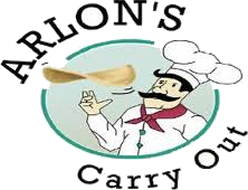 Open Now$2.99 Delivery5.0
Open Now$2.99 Delivery5.0 - Fortunato Brothers Pizza
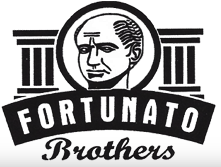 Open Now$1.99 Delivery5.0
Open Now$1.99 Delivery5.0 - Spartan Pizzeria Restaurant
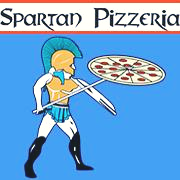 Open Now$1.25 Delivery4.8
Open Now$1.25 Delivery4.8 - The Spot Pizza & Deli
 Open Now$2.50 Delivery4.8
Open Now$2.50 Delivery4.8 - The Hopkins Spot
 Open Now$2.50 Delivery4.4
Open Now$2.50 Delivery4.4
- Arlon's Pizzeria Carry Out & Delivery
 Open Now$2.99 Delivery5.0
Open Now$2.99 Delivery5.0 - Fortunato Brothers Pizza
 Open Now$1.99 Delivery5.0
Open Now$1.99 Delivery5.0 - Spartan Pizzeria Restaurant
 Open Now$1.25 Delivery4.8
Open Now$1.25 Delivery4.8 - The Spot Pizza & Deli
 Open Now$2.50 Delivery4.8
Open Now$2.50 Delivery4.8 - The Hopkins Spot
 Open Now$2.50 Delivery4.4
Open Now$2.50 Delivery4.4 - Pizza City
 Open Now$2.99 - $7.99 Delivery4.8
Open Now$2.99 - $7.99 Delivery4.8 - Soprano's PizzaOpen Now$2.00 - $4.00 Delivery4.8
- Niko's Pizza
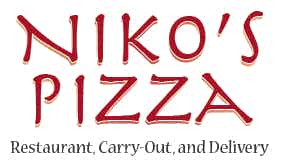 Open Now$3.00 Delivery4.6
Open Now$3.00 Delivery4.6 - Stoko's Carry Out
 Open Now$4.00 Delivery4.7
Open Now$4.00 Delivery4.7 - Dash Seafood & Chicken
 Open Now$4.00 - $7.00 Delivery4.8
Open Now$4.00 - $7.00 Delivery4.8 - Prime Pizza & Fried ChickenOpen Now$3.99 Delivery4.7
- Pizza Boli's
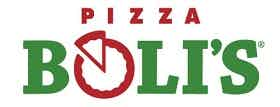 Open Now$4.00 Delivery4.7
Open Now$4.00 Delivery4.7 - Two Brothers
.png?auto=format&fit=max&q=10) Open Now$2.50 Delivery4.4
Open Now$2.50 Delivery4.4 - Mikie's Pizza & SubsClosed$1.99 Delivery5.0
- Charles Village Pizza
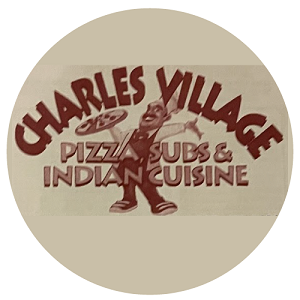 Closed$3.00 Delivery4.9
Closed$3.00 Delivery4.9
Best Cheesecake in Boston
- Village Pizza & GrillOpen Now$2.00 Delivery5.0
- Primo's Pizza Restaurant
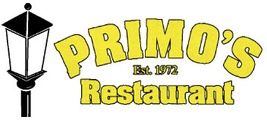 Open Now$4.90 Delivery4.8
Open Now$4.90 Delivery4.8 - Cappy's Pizza & SubsOpen Now$4.95 Delivery4.8
- New York Pizza
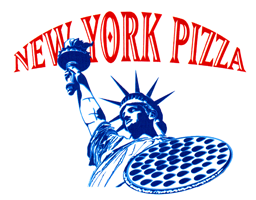 Open Now$5.00 Delivery4.3
Open Now$5.00 Delivery4.3 - New Market Pizza & Grill
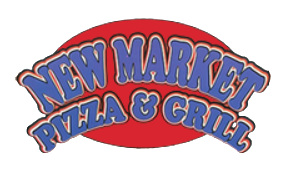 Open Now$3.50 Delivery4.6
Open Now$3.50 Delivery4.6
- Village Pizza & GrillOpen Now$2.00 Delivery5.0
- Primo's Pizza Restaurant
 Open Now$4.90 Delivery4.8
Open Now$4.90 Delivery4.8 - Cappy's Pizza & SubsOpen Now$4.95 Delivery4.8
- New York Pizza
 Open Now$5.00 Delivery4.3
Open Now$5.00 Delivery4.3 - New Market Pizza & Grill
 Open Now$3.50 Delivery4.6
Open Now$3.50 Delivery4.6 - Crispy Dough Pizzeria
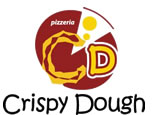 Closed$4.95 Delivery4.7
Closed$4.95 Delivery4.7 - Woody's Pizza
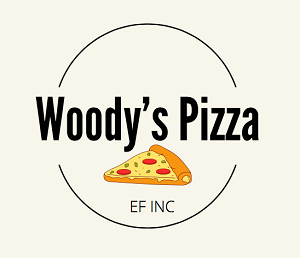 Closed$5.00 Delivery5.0
Closed$5.00 Delivery5.0 - Rome Pizza
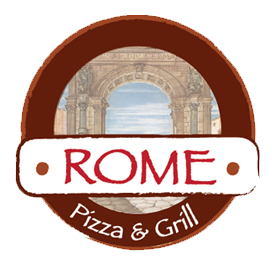 Open Now$2.00 Delivery4.6
Open Now$2.00 Delivery4.6 - Sabino's PizzaClosed$2.00 Delivery4.4
- Pizzeria 260
.png?auto=format&fit=max&q=10) Closed$3.00 Delivery4.8
Closed$3.00 Delivery4.8 - Cafe 472
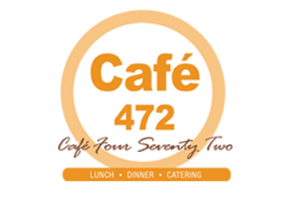 ClosedFree Delivery4.5
ClosedFree Delivery4.5 - Broadway's Best Pizza
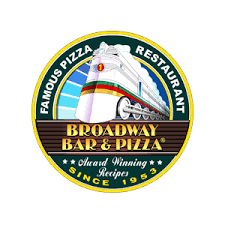 Closed$4.00 - $5.00 Delivery4.8
Closed$4.00 - $5.00 Delivery4.8 - New York Pizza
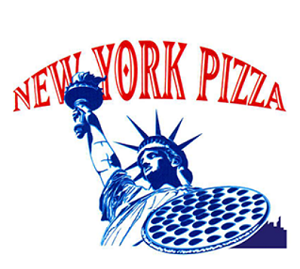 Open Now$6.00 Delivery4.8
Open Now$6.00 Delivery4.8 - Maria's Kitchen
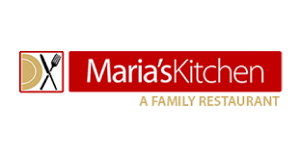 Closed$3.00 Delivery4.5
Closed$3.00 Delivery4.5 - AK's Takeout & Delivery
.jpg?auto=format&fit=max&q=10) Closed$4.95 Delivery4.3
Closed$4.95 Delivery4.3
Best Cheesecake in Chicago
- Deleite's Pizza & Mexican Food
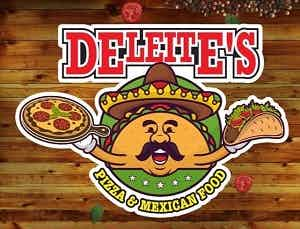 Open Now$7.00 - $10.00 Delivery5.0
Open Now$7.00 - $10.00 Delivery5.0 - Pizza Capri
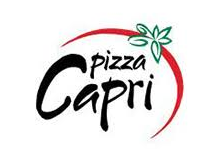 Open Now$6.90 Delivery4.6
Open Now$6.90 Delivery4.6 - Mama Luna's Restaurant & PizzeriaClosed$5.00 - $10.00 Delivery5.0
- Cochiaro's Pizza
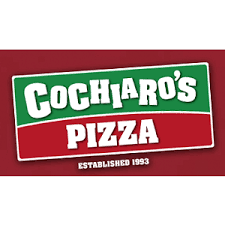 Closed$4.50 Delivery4.8
Closed$4.50 Delivery4.8 - Festa Pizza
 Closed$4.50 Delivery4.8
Closed$4.50 Delivery4.8
- Deleite's Pizza & Mexican Food
 Open Now$7.00 - $10.00 Delivery5.0
Open Now$7.00 - $10.00 Delivery5.0 - Pizza Capri
 Open Now$6.90 Delivery4.6
Open Now$6.90 Delivery4.6 - Mama Luna's Restaurant & PizzeriaClosed$5.00 - $10.00 Delivery5.0
- Cochiaro's Pizza
 Closed$4.50 Delivery4.8
Closed$4.50 Delivery4.8 - Festa Pizza
 Closed$4.50 Delivery4.8
Closed$4.50 Delivery4.8 - The Art of Pizza - 3033 N ASHLAND LOCATION
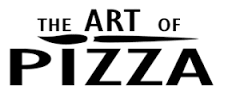 Closed$4.95 Delivery5.0
Closed$4.95 Delivery5.0 - Sarpino's Pizzeria
 ClosedFree Delivery4.7
ClosedFree Delivery4.7 - Pete's Pizza
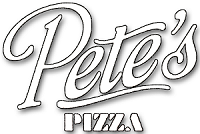 Closed$5.95 Delivery4.9
Closed$5.95 Delivery4.9 - Little Clown Pizza
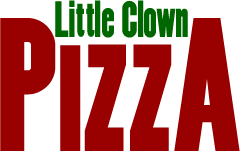 Closed$5.00 - $6.00 Delivery4.8
Closed$5.00 - $6.00 Delivery4.8 - Vini's Pizza
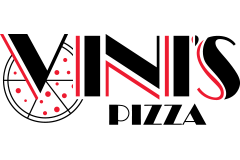 Closed$4.50 - $12.00 Delivery4.8
Closed$4.50 - $12.00 Delivery4.8 - Tapia's Pizza
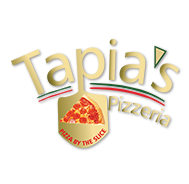 Closed$5.00 - $6.00 Delivery4.7
Closed$5.00 - $6.00 Delivery4.7 - Anto Pizza & Pasta Chicago
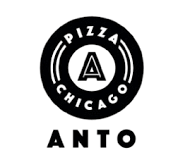 Closed$4.90 Delivery4.9
Closed$4.90 Delivery4.9 - Chikago Pizza
 Closed$4.50 Delivery4.9
Closed$4.50 Delivery4.9 - Uptown Pizza & BBQ
.jpg?auto=format&fit=max&q=10) Closed$4.00 - $4.25 Delivery5.0
Closed$4.00 - $4.25 Delivery5.0 - Rosati's Pizza
 Closed$3.49 - $6.99 Delivery5.0
Closed$3.49 - $6.99 Delivery5.0
Best Cheesecake in Houston
- Texas Halal Pizza & Restaurant
.png?auto=format&fit=max&q=10) Closed$4.00 - $8.00 Delivery
Closed$4.00 - $8.00 Delivery - Brother's Pizza ExpressClosed$5.50 Delivery4.7
- Villa Roma Pizza
 ClosedFree Delivery5.0
ClosedFree Delivery5.0 - Pizza Fino
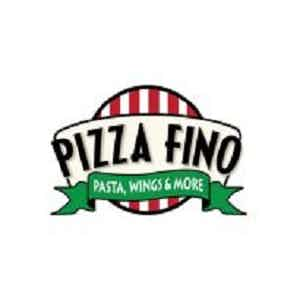 Closed$3.50 Delivery4.9
Closed$3.50 Delivery4.9 - Texas Pizza
.png?auto=format&fit=max&q=10) Closed$2.99 Delivery4.9
Closed$2.99 Delivery4.9
- Texas Halal Pizza & Restaurant
.png?auto=format&fit=max&q=10) Closed$4.00 - $8.00 Delivery
Closed$4.00 - $8.00 Delivery - Brother's Pizza ExpressClosed$5.50 Delivery4.7
- Villa Roma Pizza
 ClosedFree Delivery5.0
ClosedFree Delivery5.0 - Pizza Fino
 Closed$3.50 Delivery4.9
Closed$3.50 Delivery4.9 - Texas Pizza
.png?auto=format&fit=max&q=10) Closed$2.99 Delivery4.9
Closed$2.99 Delivery4.9 - Texas Pizza
 Closed4.6
Closed4.6 - Jenny's Pizza & Pasta
 Closed$6.00 Delivery4.8
Closed$6.00 Delivery4.8 - Champion Pizza
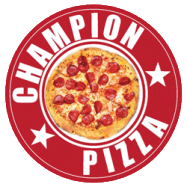 Closed$6.90 Delivery4.5
Closed$6.90 Delivery4.5 - Sarpino's Pizzeria
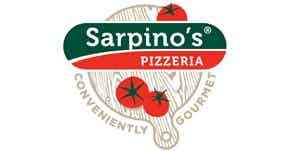 ClosedFree Delivery4.4
ClosedFree Delivery4.4 - Time Pizza
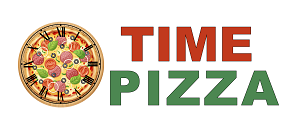 Closed$6.90 Delivery4.8
Closed$6.90 Delivery4.8
Best Cheesecake in Las Vegas
- Sicily's Pizza - South Durango
 Open Now$4.50 - $5.00 Delivery4.5
Open Now$4.50 - $5.00 Delivery4.5 - Rocco's NY Pizzeria & Pasta - WINDMILL
 Closed$3.50 Delivery4.9
Closed$3.50 Delivery4.9 - Pizza Nation
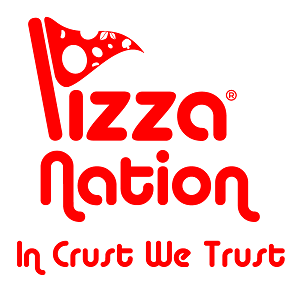 ClosedFree Delivery4.9
ClosedFree Delivery4.9 - Frank's Pizza Restaurant
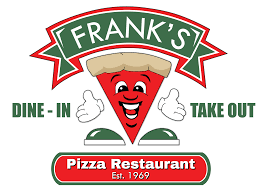 Closed$2.99 - $11.99 Delivery4.9
Closed$2.99 - $11.99 Delivery4.9 - Lefty's Pizza
 Closed$4.95 Delivery5.0
Closed$4.95 Delivery5.0
- Sicily's Pizza - South Durango
 Open Now$4.50 - $5.00 Delivery4.5
Open Now$4.50 - $5.00 Delivery4.5 - Rocco's NY Pizzeria & Pasta - WINDMILL
 Closed$3.50 Delivery4.9
Closed$3.50 Delivery4.9 - Pizza Nation
 ClosedFree Delivery4.9
ClosedFree Delivery4.9 - Frank's Pizza Restaurant
 Closed$2.99 - $11.99 Delivery4.9
Closed$2.99 - $11.99 Delivery4.9 - Lefty's Pizza
 Closed$4.95 Delivery5.0
Closed$4.95 Delivery5.0 - Fat Moe's Pizza & Wings
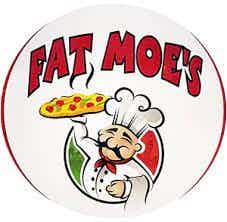 Closed$5.00 - $7.00 Delivery4.9
Closed$5.00 - $7.00 Delivery4.9 - Albo Pizza
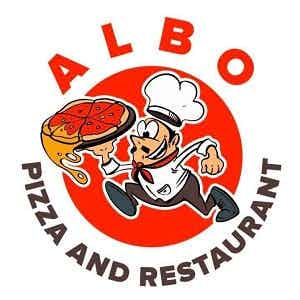 Closed$3.00 Delivery4.7
Closed$3.00 Delivery4.7 - Grinders Italian Guys Pizza
 Closed$3.99 - $5.99 Delivery5.0
Closed$3.99 - $5.99 Delivery5.0 - Napoli Pizza
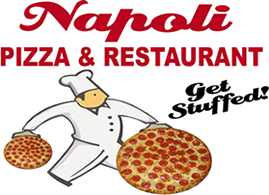 Closed$2.99 - $9.99 Delivery4.7
Closed$2.99 - $9.99 Delivery4.7 - Little Italy PizzaClosed$4.95 Delivery4.7
- Napoli PizzeriaClosed$1.99 - $5.99 Delivery4.8
- Daddy's Delights
 Closed$5.00 - $6.00 Delivery4.8
Closed$5.00 - $6.00 Delivery4.8 - Napoli Pizzeria Blue Diamond
_(1).png?auto=format&fit=max&q=10) Closed$1.95 Delivery4.7
Closed$1.95 Delivery4.7 - Giovannis Pizzeria & Mediterranean Grill
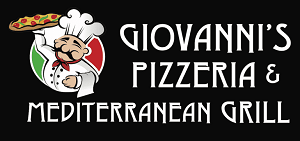 Closed$2.00 Delivery4.8
Closed$2.00 Delivery4.8 - Magura Pizza 2
 Closed$2.00 - $4.00 Delivery4.9
Closed$2.00 - $4.00 Delivery4.9
Best Cheesecake in New York
- Bagels & Co
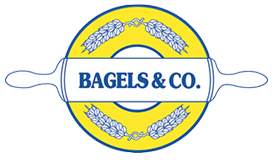 Open NowFree Delivery5.0
Open NowFree Delivery5.0 - Rocky's Pizzeria
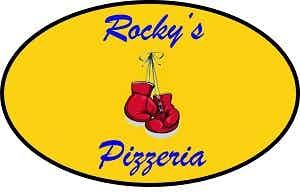 Open NowFree Delivery4.9
Open NowFree Delivery4.9 - Traditas Pizza
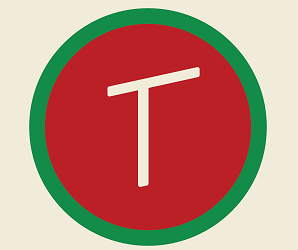 Open Now$7.65 Delivery4.9
Open Now$7.65 Delivery4.9 - Little Italy Pizza
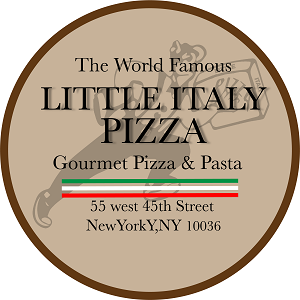 Open NowFree Delivery4.9
Open NowFree Delivery4.9 - 94 Corner Cafe
 Open NowFree Delivery4.9
Open NowFree Delivery4.9
- Bagels & Co
 Open NowFree Delivery5.0
Open NowFree Delivery5.0 - Rocky's Pizzeria
 Open NowFree Delivery4.9
Open NowFree Delivery4.9 - Traditas Pizza
 Open Now$7.65 Delivery4.9
Open Now$7.65 Delivery4.9 - Little Italy Pizza
 Open NowFree Delivery4.9
Open NowFree Delivery4.9 - 94 Corner Cafe
 Open NowFree Delivery4.9
Open NowFree Delivery4.9 - Cafe Paradiso
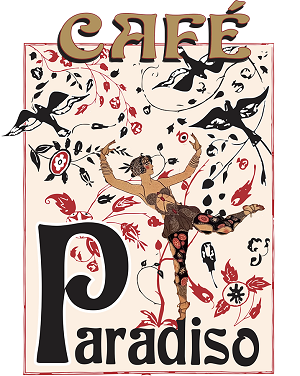 Open Now$3.50 Delivery4.2
Open Now$3.50 Delivery4.2 - Bagels & Co
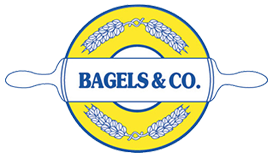 Open NowFree Delivery4.8
Open NowFree Delivery4.8 - Traditas Pizza
 Open Now$7.65 Delivery4.9
Open Now$7.65 Delivery4.9 - NYC Pizza KitchenOpen Now$6.45 Delivery4.9
- Francesco's Pizza
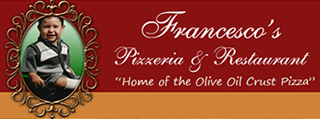 Closed$3.00 Delivery5.0
Closed$3.00 Delivery5.0 - Tre Giovani
 ClosedFree Delivery4.9
ClosedFree Delivery4.9 - Broadway Slice of Washington Heights
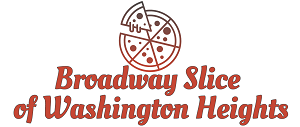 ClosedFree Delivery5.0
ClosedFree Delivery5.0 - Il Baretto To Go
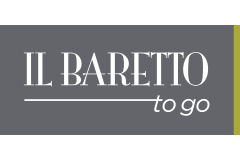 Closed$3.99 Delivery4.8
Closed$3.99 Delivery4.8 - La AmistadClosedFree Delivery5.0
- Nick's Restaurant & Pizzeria
 Closed$2.00 Delivery4.8
Closed$2.00 Delivery4.8
Best Cheesecake in Philadelphia
- Ernie's Pizza & Restaurant
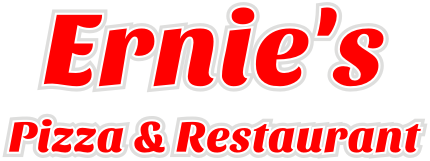 Open Now$3.00 Delivery4.8
Open Now$3.00 Delivery4.8 - Pat's Pizza & Pasta
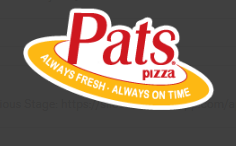 Open Now$3.99 Delivery4.9
Open Now$3.99 Delivery4.9 - Original Pete's Pizza & Wings
 Open Now$3.00 Delivery4.6
Open Now$3.00 Delivery4.6 - Fila's Pizza
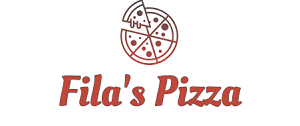 Open Now$1.50 Delivery4.8
Open Now$1.50 Delivery4.8 - Feltonville Express Pizza
 Open Now$3.50 Delivery4.9
Open Now$3.50 Delivery4.9
- Ernie's Pizza & Restaurant
 Open Now$3.00 Delivery4.8
Open Now$3.00 Delivery4.8 - Pat's Pizza & Pasta
 Open Now$3.99 Delivery4.9
Open Now$3.99 Delivery4.9 - Original Pete's Pizza & Wings
 Open Now$3.00 Delivery4.6
Open Now$3.00 Delivery4.6 - Fila's Pizza
 Open Now$1.50 Delivery4.8
Open Now$1.50 Delivery4.8 - Feltonville Express Pizza
 Open Now$3.50 Delivery4.9
Open Now$3.50 Delivery4.9 - Fiesta Pizza
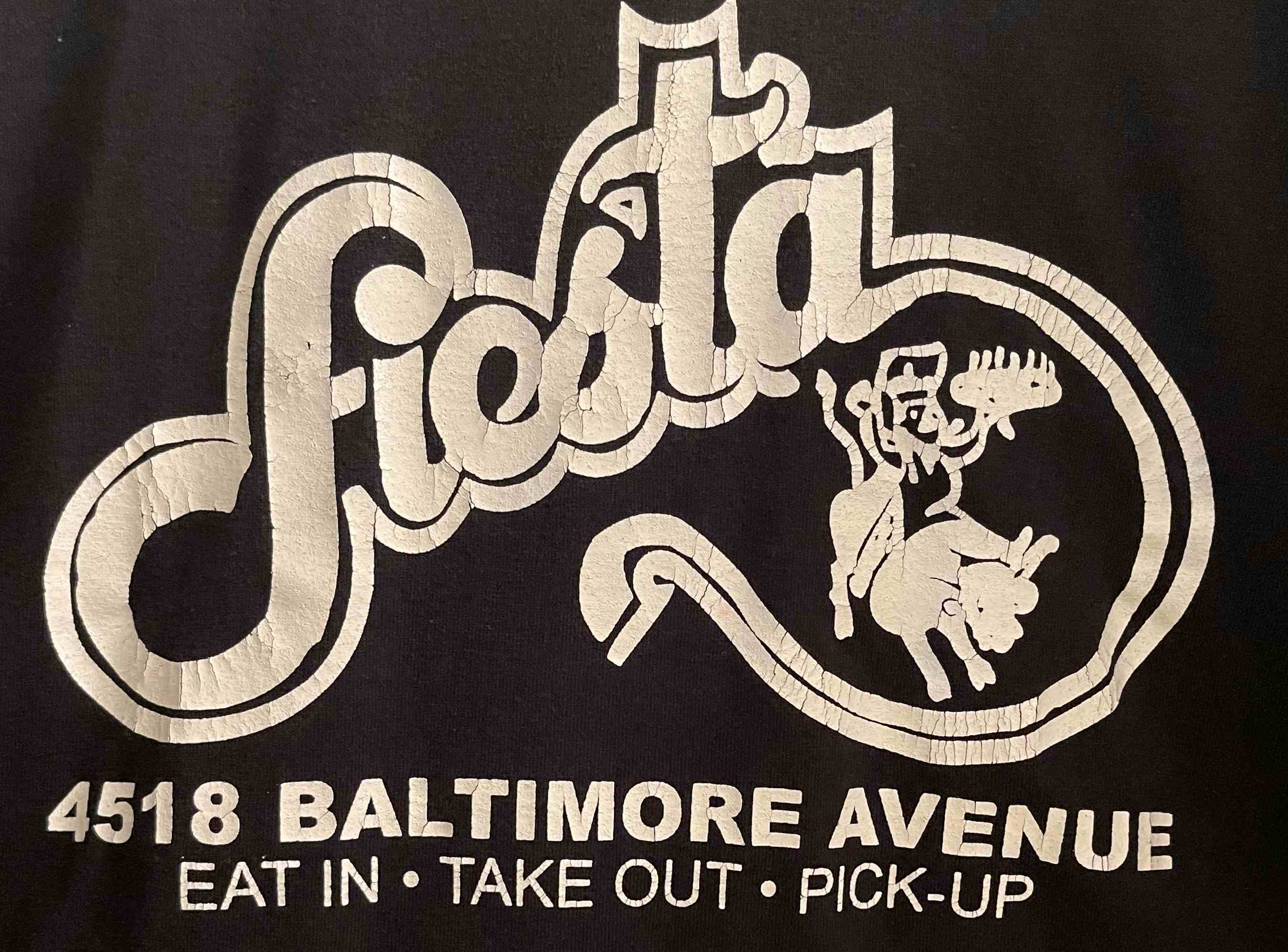 Open Now$3.00 Delivery4.6
Open Now$3.00 Delivery4.6 - Al Safa Pizza & Grill 2Open Now$3.99 Delivery4.7
- Sorrento's Pizza
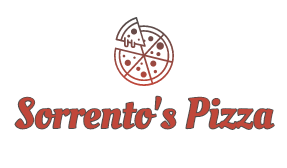 Open Now$3.00 Delivery4.9
Open Now$3.00 Delivery4.9 - Paisa's Pizza
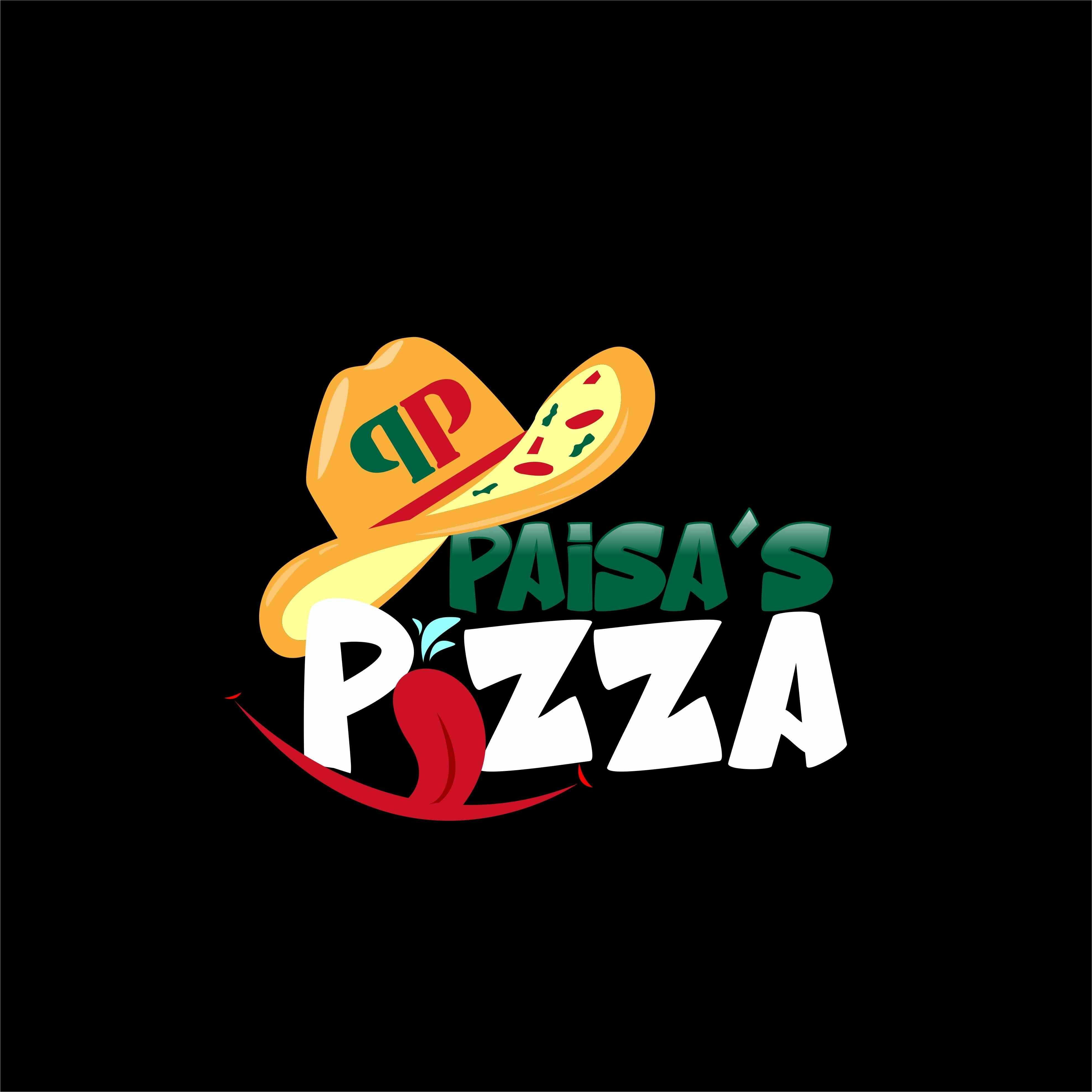 Open Now$2.00 Delivery4.6
Open Now$2.00 Delivery4.6 - Pina's PizzaOpen Now$2.50 Delivery4.7
- Top Tomato Bar & Pizza
 Open Now$5.00 Delivery4.5
Open Now$5.00 Delivery4.5 - In & Out PizzaOpen Now$4.00 Delivery4.8
- Pizza & Tacos Las NievesOpen Now$3.00 Delivery4.8
- Love Park Pizza & Chicken
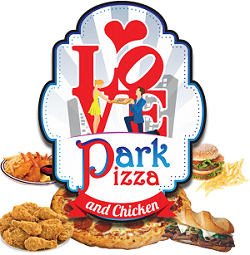 Open Now$4.99 Delivery4.4
Open Now$4.99 Delivery4.4 - Lazos Pizza & Grill
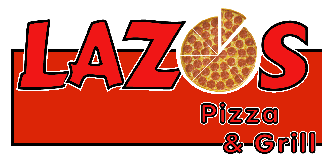 Closed$3.00 Delivery5.0
Closed$3.00 Delivery5.0
What Is Considered to Be Cheesecake?
Cheesecake is one of the most popular desserts in the world for a good reason. It is sweet, creamy and so satisfying, and has plenty of varieties for everyone’s taste.
While many argue if it is really a cake or not, that doesn’t affect its status at all. Every country has a way of preparing it, using different types of cheese and techniques.
What’s in common is the combination of crust (baked or not), and one or more layers.
The main layer typically consists of soft and creamy cheese, eggs, and sugar with some additional flavors.
Because of the arrangement (crust and a filling), it is not considered a cake, but a custard pie, flan, or even a tart.
The cake can be baked or no-baked and usually consists of crust and filling. The crust can be made from dough or sponge cake, but most often is made with crushed graham crackers, mixed with butter, and tightly pressed in a round pan. The filling is made with the following:
- Cheese – in the US, cream cheese is the most typical choice for the cake. Other countries use ricotta, cottage cheese, or Neufchâtel cheese.
- Eggs – both whole eggs and egg yolks are mixed, so the texture of the cake gets creamier and denser.
- Powdered sugar – in contrast to the cheese, to create a perfectly sweet, yet cheesy, and a bit tangy combination.
- Sour cream – many US states add sour cream (or heavy cream) to the original recipe for an even softer texture.
- Flour or cornstarch – used for the baked variety of the cake. They prevent the cracking of the pie and ensure easier cutting.
- Lemon zest – for adding citrusy freshness and flavor.
- Additional icings and toppings – melted chocolate, fresh fruit or fruit sauce, caramel, whipping cream, and more can be added to the original recipe.
Who Invented Cheesecake?
It originated in Ancient Greece and was made for religious uses and wedding ceremonies, and as a source of energy for the first Olympic athletes. The cake consisted of wheat flour, cheese, and honey.
When the Romans conquered Greece, they got familiar with the recipe for this dessert. They started crumbling the cheese into small pieces and included eggs in the recipe. Their version was also served for special occasions.
Moreover, as the Romans expanded their empire, so did the recipe for the cake. It was recreated in almost every European country and enriched with additional, local ingredients.
In the 18th century, the cake started looking more modern. At that time yeast was removed from the recipe and beaten eggs were added as a leavening agent.
Furthermore, as the Europeans immigrated to the US, some of them brought their cake recipes with them.
And if not the cake itself, the cream cheese originated in the US. While trying to recreate a version of the French cheese Neufchâtel, the dairyman William Lawrence from Chester, New York invented the cream cheese. Thus, soon it became one of the key ingredients for the cake.
In the US there are many varieties of this dessert, with the NY style being the most popular one.
The American restaurateur Arnold Reuben is credited for inventing the New York cheesecake in the 1920s.
The New York-style version is made with additional yolks for extra creaminess but is served with no toppings. Some chefs bake the pie at low temperatures in a water bath, to avoid the risk of overbaking. Moreover, this way no cracks will appear on the cake’s surface.
In Chicago, they use sour cream alongside the cream cheese, and in Philadelphia, the cake is lighter and creamier and can be served with fruit or chocolate toppings. St. Louis variety has a buttery taste with one more layer over the main filling.
What Are The Most Popular Types of Cheesecake?
There are many variations to this delicious dessert. However, a few notable ones are:
- New York-style – The twice-baked pie is characterized by a rich, dense but creamy, and smooth consistency. Furthermore, it is served with no fruit, caramel, or chocolate on top or on the side.
- Strawberry cheesecake – The traditional recipe for the pie, plus some delicious strawberries on top, and some strawberry sauce. A perfect cheesy and fruity combination.
- Oreo cheesecake – For this variety Oreo crumbs are added to the crust and in the filling. Usually, the cake gets decorated with more cookies on top.
- Keto cheesecake – The crust for this low-carb variety is made with almond or coconut flour and a sweetener instead of sugar. This is usually a gluten-free alternative, too.
- Raw (vegan) cake – For the dairy-free alternative, soaked and blended cashews are used instead of cream cheese. The crust is made with nuts, (gluten-free) oats, and dates.
How Many Calories Are in a Regular Slice of Cheesecake?
There are around 321 calories in 100 grams of cheesecake. This includes 23 g of total fat or 35% of the daily value based on a 2000-calorie diet.
In addition, we got 55 mg of cholesterol (18%), 438 mg of sodium (18%), and 90 mg of potassium (2%). What's more, the number of total carbohydrates is 26 g (8%), whereas the amount of protein is 6 g (12%).
Lastly, there is 3% of iron, 5% of vitamin B6, 2% of magnesium, 5% of calcium, 4% of vitamin D, and 3% of cobalamin.
Where Can I Find Cheesecake Near Me?
Considering its popularity, you can easily find this toothsome dessert near you. Still, we at Slice are here to offer some amazing restaurant recommendations as always.
First, we have to mention New York. And the place we have for you this time is Bagels & Co on Amsterdam Ave. You can give them a visit but takeout and delivery are also available. Plus, you save 10% on any online order via Slice!
As for those of you in Chicago, we present you - Suparossa. Located on N Central Ave, they're open 7 days a week and also offer pickup and delivery. And if you order online through Slice, you get 5% off.

Testimonials
Pizza and cheesecake was amazing.
Eli's Bistro Review
People Also Ask:
Browse More Dishes
EVEN MORE DISHES NEAR YOU
Chocolate Mousse Cake
•Cheesecake Brownie
•Buffalo Chicken Cheesesteak
•Pastrami Sub
•Shrimp Salad Sandwich
•Chicken Cheesesteak
•American Cheese Sandwich
•Broccoli Cheddar Soup
•Chicken Noodle Soup
•Sausage Sandwich
•Chicken Soup
•Meat Ravioli
•Chicken Pita
•Strawberry Milkshake
•Cheesecake
•Tuna Wrap
•Veggie Roll
•Steak Sandwich
•Chicken Parmesan
•Ham Hoagie
•Tomato Juice
•Veggie Sub
•Chicken Cheesesteak Sandwich
•Veal Parmigiana Sandwich
•Chocolate Croissant
•Cheese Pie
•Chicken Parmesan Sub
•Fish Sub
•Meatloaf Sandwich
•Ice Tea
•Cheeseburger Sub
•Boston Cream Pie
•

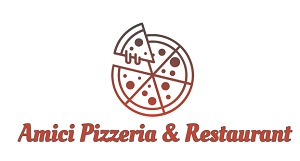
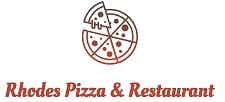
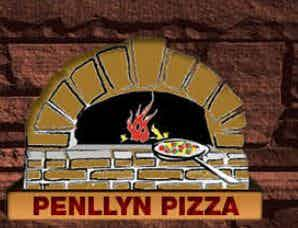
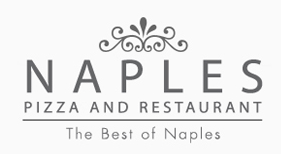

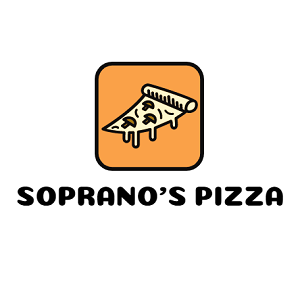

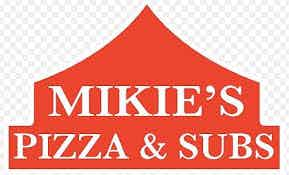
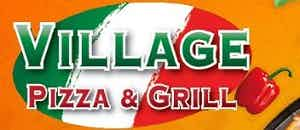
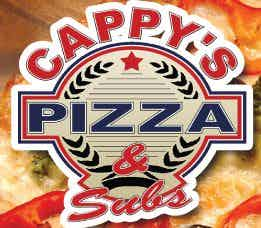
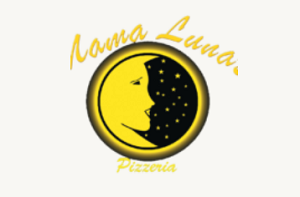
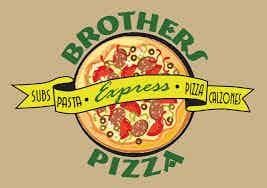

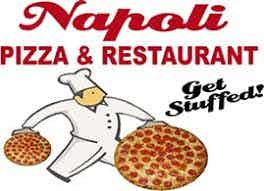
.jfif?auto=format&fit=max&q=10)
